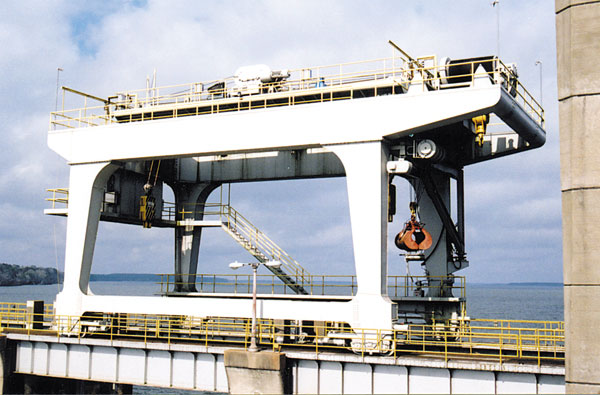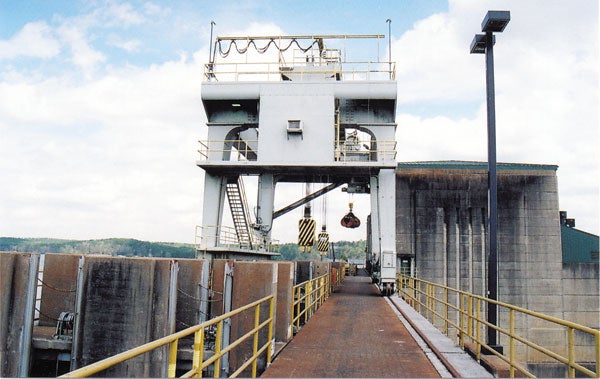Face lift at the Woodruff Dam
Published 8:28 pm Tuesday, June 21, 2011

THE GANTRY CRANE travels along the top of the dam. Its duty is to lift up or lower the huge spillway gates.
Work began on May 23 to replace the steel rails across the top of the Jim Woodruff Dam.
These steel rails allow the gantry crane to ride along from gate to gate. It opens and closes the huge vertical lift gates that regulate the amount of water allowed over the dam. A huge barge, a push boat and a large crane are all working hard to replace the rails.
While the work is going on there will be no draw down of water from Lake Seminole. All of the work being done is above the lake.
Here are a few facts about the Woodruff Dam that may help you. The dam consists of a fixed spillway, a lock, a gated spillway, a powerhouse and an earthen dike.
The Jim Woodruff Dam is a gravity dam. This is the type that is built of solid concrete and depends primarily on its own weights for stability. Concrete 15 feet thick is in the foundation. This gradually becomes 3 feet thick at the top. No other structure has more permanence or requires less maintenance than this type darn.
The gated spillway is 766 feet long consists of 16 vertical lift gates that are 40 feet wide and 30.5 feet high. The gates are operated by a 75-ton gantry crane that runs on rails atop the service bridge. The 16 gates are used to maintain a minimum upper water pool of 76 feet. The gated spillway also provides controlled release of water.
The water levels on each side of the dam are very important to the structure and were determined by studies made by engineers when it was constructed. They based these depths on the force exerted on the dam, which is called head rating. The water on the low side needs to be maintained as close to 33 feet as possible. The lakes ideal depth is 76 feet.
There have never been any problems at Woodruff Dam at any time since its initial startup in February of 1957. It is well maintained and it has inspections daily. In the past, the dam has shut down for two weeks every two years for routine maintenance. It has run 24 hours a day, seven days a week for almost 55 years.
The routine maintenance inspections are done on a certain schedule all of the time. Everything is checked. A geologist studies the bed rock of the area and architects discuss what needs to be attended to so as to ensure the integrity of the dam.
Divers regularly check the dam structure. This is because the concrete gets scoured by the constant movement of water at the discharge area. When it becomes too eroded new concrete is then added. Later, when it dries it is checked one more time before opening for use.
When the men check the dam’s base they have cameras on their helmets, which send the pictures up to a screen that is up above in the dam’s control room. Mostly, the only diving done by men is at the very base. When checking it farther up the sides or out farther than the structure itself, a robotics camera is used.



